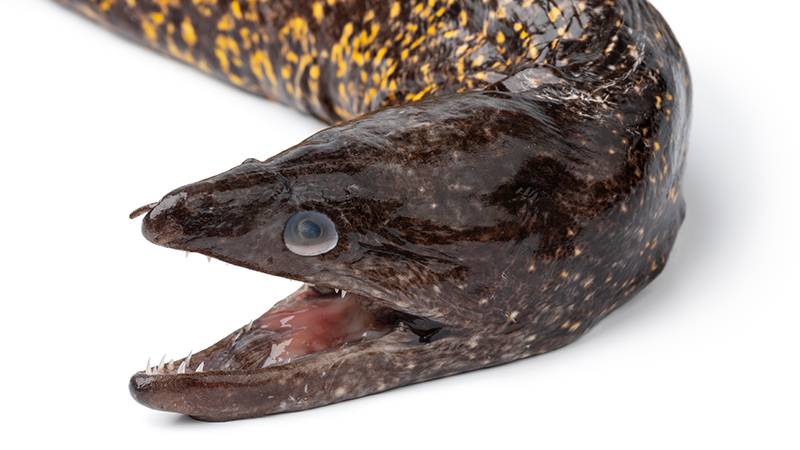In the picturesque Gloucestershire countryside, a team from the Wildfowl and Wetlands Trust (WWT) is pioneering a revolutionary approach to biodiversity conservation using environmental DNA (eDNA). This method involves collecting samples of water from various habitats to analyze the DNA fragments left behind by different species, providing a snapshot of the biodiversity in that area. Dr. Laura Weldon, a principal research officer at WWT, elucidates that these fragments can come from various sources including faeces, mucus, and skin cells.
The current focus of WWT is to track the presence of eels in the ditches and ponds of the Severn Vale area. Preliminary findings from a 2022 survey indicated that eel eDNA was found in 37% of the 104 ponds surveyed, suggesting that eels might be deliberately inhabiting these waters, rather than being stranded due to floods. Establishing this could pave the way for enhanced protective measures for these creatures, whose global population has plummeted by 95% since the 1980s. European eels, known scientifically as Anguilla anguilla, undertake remarkable migratory journeys, traversing up to 10,000km from the Atlantic to freshwater bodies to mature, and play a pivotal role in the ecosystem, both as prey and predators.
The eDNA technology, first utilized in France in 2008, has been a game-changer in biodiversity research, offering insights that would have taken a decade to obtain through traditional surveying methods, according to Kat Bruce, co-founder of NatureMetrics, a company specializing in eDNA analysis. This technology has facilitated groundbreaking studies on various species globally, including the great-crested newt population in the UK and pink river-dolphins in the Amazon.Moreover, eDNA is not confined to water bodies; it is also being used to analyze soil and air samples, aiding in diverse fields such as regenerative agriculture and combating illegal wildlife trade. Bruce envisions a future where eDNA testing is coupled with eco-acoustics, offering a more holistic understanding of ecosystems.
The process of collecting eDNA was first used in France in 2008 as part of research into an invasive bullfrog. It was subsequently deployed in a groundbreaking survey of the UK’s great-crested newt population, while farther afield it has been used in many ways, from tracking pink river-dolphins in the Amazon to measuring the biodiversity of coral reefs.
Back at the WWT headquarters in Slimbridge, the team is busy analyzing the water samples collected from Coombe Hill. According to The Guardian, the process, somewhat akin to the PCR test used in Covid-19 detection, seeks to identify the unique DNA sequence of the European eel. Despite finding the target DNA in just one out of eight samples, Weldon remains optimistic, viewing each sample as a valuable data point in their ongoing research.
Weldon emphasizes the overarching goal is to underscore the value of wetlands and farm ponds, which have been undervalued despite being vital to the ecosystem, supporting a rich diversity of life including birds, bats, and pollinators. She warns that the gradual disappearance of these habitats could have more severe repercussions on biodiversity than previously anticipated.
As businesses begin to recognize the potential of eDNA in understanding their impact and reliance on nature, especially in light of emerging frameworks like the Taskforce on Nature-based Disclosures, it is clear that this innovative technology is set to play a central role in the future of biodiversity conservation, offering unprecedented insights into the natural world and aiding efforts to preserve the delicate balance of ecosystems.
More inspiring green news similar to this:


